Nikolaï Demidenko, BBC Symphony Orchestra, Alexander Lazarev - Tchaikovsky & Scriabin: Piano Concertos (1994)
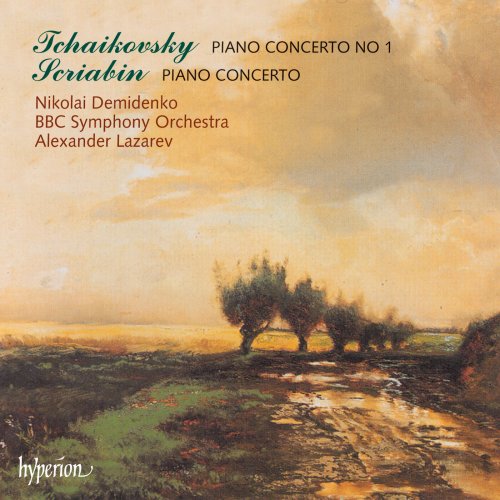
Artist: Nikolaï Demidenko, BBC Symphony Orchestra, Alexander Lazarev
Title: Tchaikovsky & Scriabin: Piano Concertos
Year Of Release: 1994
Label: Hyperion
Genre: Classical
Quality: flac lossless (tracks) +Booklet
Total Time: 01:05:18
Total Size: 228 mb
WebSite: Album Preview
TracklistTitle: Tchaikovsky & Scriabin: Piano Concertos
Year Of Release: 1994
Label: Hyperion
Genre: Classical
Quality: flac lossless (tracks) +Booklet
Total Time: 01:05:18
Total Size: 228 mb
WebSite: Album Preview
01. Piano Concerto No. 1 in B-Flat Minor, Op. 23: I. Allegro non troppo e molto maestoso – Allegro con spirito
02. Piano Concerto No. 1 in B-Flat Minor, Op. 23: II. Andantino semplice – Prestissimo – Tempo I
03. Piano Concerto No. 1 in B-Flat Minor, Op. 23: III. Allegro con fuoco – Molto meno mosso – Allegro vivo
04. Piano Concerto in F-Sharp Minor, Op. 20: I. Allegro
05. Piano Concerto in F-Sharp Minor, Op. 20: II. Andante – Allegro scherzando – Adagio – Allegretto – Tempo I
06. Piano Concerto in F-Sharp Minor, Op. 20: III. Allegro moderato
Tchaikovsky committed suicide in St Petersburg in early November 1893. ‘We have many dukes and barons, but only one Tchaikovsky’, the Tsar, Alexander III, is said to have lamented. Herman Laroche, his friend, believed that however much:
you can analyse the technical merits of a score, you can indicate and enumerate the moral qualities and talents of the person in question … it is not technical qualities—at least, not they alone—that embody what is fascinating in [Tchaikovsky’s] music, nor do his talents or virtues impart to his personality its magnetic power. As in artistic creation, so in human personality: when all analytical and critical efforts have been made, there remains something undiscovered, something secret, and it is this very secret that is the most important element, the true essence of the subject … without any effort or intention on his own part, Peter Ilyich through his presence alone brought into everything light and warmth. And if Europe mourns in him a major artistic force, one of the greatest in the second half of the 19th century, then it is only those persons who had the happiness of knowing him closely who know what a man has been lost through his death. [Obituary Notice]
The B flat minor Concerto was completed in 1874/75: pianistically, however, the form we know it in today was only consolidated by the third edition of 1888/89. ‘Worthless’ and ‘unplayable’ was the reaction of Nikolai Rubinstein, influential Director of the Moscow Conservatoire. On 2 February 1878 Tchaikovsky wrote to his patron, Nadezhda von Meck:
It appeared … that passages were trite, awkward, and so clumsy that it was impossible to put them right, that as composition it was bad and tawdry, that I had filched this bit from here and that bit from there, that there were only two or three pages that could be retained, and that the rest would have to be scrapped or completely revised … I can’t convey to you the most significant thing—that is, the tone in which all this was delivered. In a word, any outsider who chanced to come into the room might have thought that I was an imbecile, an untalented scribbler who understood nothing, who had come to an eminent musician to pester him with his rubbish … I was not only stunned, I was mortified by the whole scene.
Rubinstein wasn’t alone in his opinion. ‘Hardly destined … to become classical’ was the judgement of American critics following the work’s first performance (by the dedicatee, the great German pianist Hans von Bülow, in Boston Music Hall on 25 October 1875). And for one St Petersburg critic, reporting on the first Russian performance (13 November 1875), it was ‘like the first pancake … a flop’.
Von Bülow (in a letter to Tchaikovsky on 1 June 1875) admired it unequivocally: ‘So original in thought (yet never affected), so noble, so strong, so interesting in details (the quantity of which never interferes with the clearness and unity of the conception as a whole) … In short, this is a real pearl and you deserve the gratitude of all pianists.’
Subsequently, Rubinstein himself repented, conducting the Moscow premiere (with the young Taneyev, the originally intended dedicatee and future teacher of Scriabin, as soloist, on 3 December 1875); and learning the piano part three years later.
Underlined by overt folksong (Ukranian in the outer movements, French in the middle one) and covert Schumannesque cipher identities, the B flat minor Concerto is a resplendent ‘warhorse’ of the virtuoso repertoire. Nothing in the history of the nineteenth-century concerto or its survival into the twentieth is so glorious as the sweepingly magnificent prologue and epilogue with which the first and third movements begin and end. Nothing is so tenderly loving or teasingly flirtatious as the second, with its combined function of lullaby and scherzo, aria and ditty. And—witness the famous opening fortissimo piano chords pitted against mezzoforte violin and cello melody—nothing better illustrates the firing of a creative urge ‘by the dramatic possibilities within the confrontation of heroic soloist and eloquent orchestra’ (David Brown).
Championed by Safonov and Taneyev, Scriabin’s place in the annals of Russian music is special: an original, ‘the only true romantic musician produced by Russia’ (Boris de Schloezer, 1919), his, from the beginning, was a voice unusual and different. In his art, Nikolai Demidenko has written (1991/92), he:
plays with our expectations, his ideas are elusive, his ground-plans unpredictable, he gives us a tenth of the information we need to know. Conjuring with the elements to alchemise new alloys of experience, often to points just short of destruction, was what he liked doing best. 2 + 2 = 4 may have satisfied other composers, it never did him. In the ambience, phrasing and cadence of his music we meet with a world almost without skin, a world of nerve-ends where the slightest contact can bring pain. Scriabin’s music is not neurotic (a frequent accusation against it). But it is patently about over-exposed senses, about a different kind of nervous chemistry, about fantasies and reflections flying in the face of opposites.
Published in 1898, the Piano Concerto (October 1896–April 1897), Scriabin’s first work to involve orchestra, was first heard in public at a concert in Odessa on 23 October 1897, conducted by Safonov with the composer himself as soloist. Reaction was mixed. Rimsky-Korsakov and St Petersburg could only find negative things to say. Yuli Engel and Moscow, on the other hand, welcomed it. So, too, did London. Of one performance, given by Scriabin with Henry Wood at the Queen’s Hall in March 1914, the critic of The Musical Times remarked: ‘Here there are no harmonic problems to embarrass the uninitiated. Much of the music makes its immediate appeal to anyone sensitive to beauty. To say that much of it is Chopinesque is to give it praise.’ Scriabin played it many times in Russia and Europe, including in 1911 in Moscow under Rachmaninov (who was himself four years later to take the solo part in concerts to the composer’s memory conducted by Siloti and Koussevitzky).
One of the forgotten jewels of the repertoire, the Scriabin Concerto, for all its impassioned climax points, is not a ‘big’ work in the Tchaikovsky/Rachmaninov sense, nor is it, pianistically, a study in Lisztian transcendentalism or ‘Romantic Revival’ bombast. Rather, it is a document of refinement, of introspection, of finely-spun keyboard tracery, an enshrinement of fundamentally inward feeling, of impulses personal and intimate.
The first movement, classically disciplined in structure, romantically rhapsodic in decoration, is a sonata design, with three main ideas in the exposition (the second, più mosso, scherzando, a unisonal fragment of dance-like association). The spiritually-charged Mahlerian, Death in Venice world of its Neapolitanised coda is extraordinary. The central Andante, in Scriabin’s ‘bright blue’ mystic key of F sharp major, comprises a set of five contrasting character variations on a chorale-like theme for muted strings. The finale takes the form of a sonata-rondo, with a short development episode (44 bars) based closely and organically on the first and second subjects, and a long coda (59 bars). Harmonically more diatonic than the opening movement, its particular expressive polarity may best be explained, perhaps, by the tonal oscillation of its first idea (F sharp minor / A major), the emotional peaking of the second, and the distinctively plagal bias of the very last cadential ascent—a spectacular peroration.
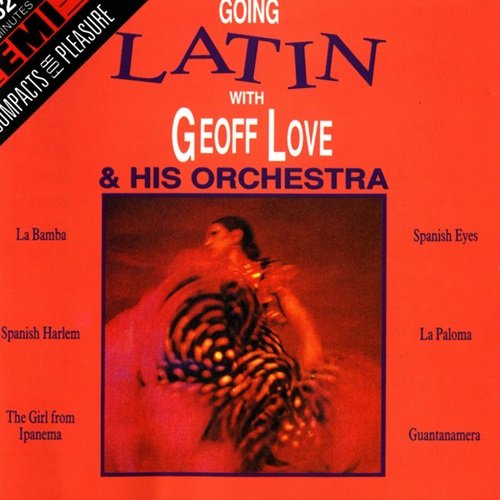

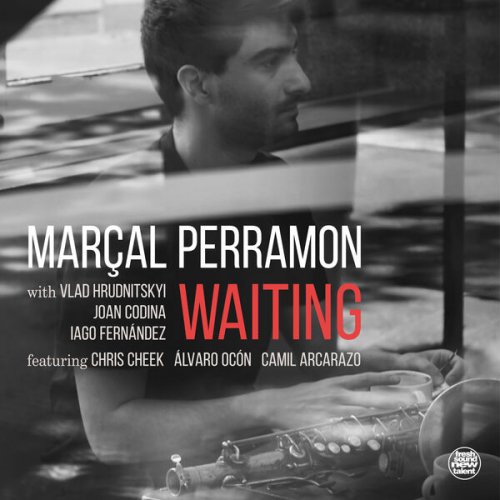
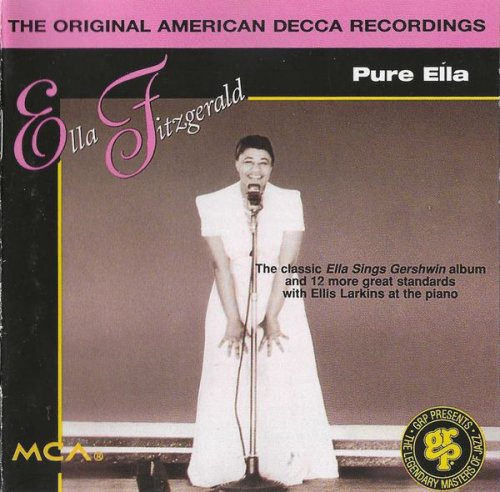
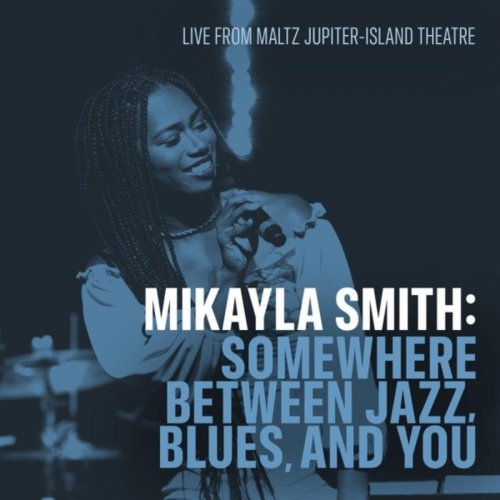
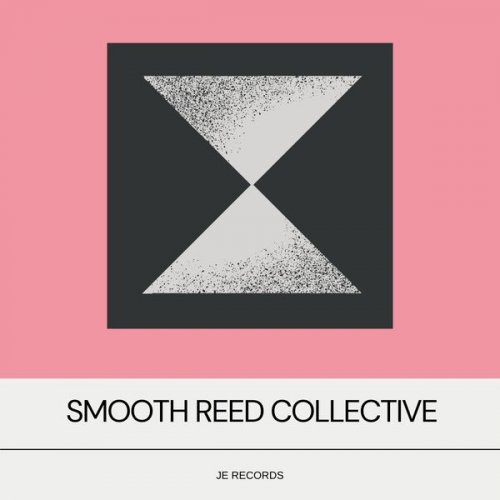

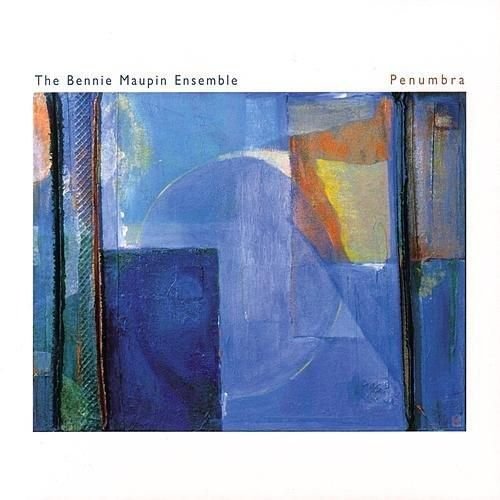
![Mark Northam - More Music From The Pixar Films For Solo Piano (2025) [Hi-Res] Mark Northam - More Music From The Pixar Films For Solo Piano (2025) [Hi-Res]](https://img.israbox.com/img/2025-12/17/qc8ci6ocl25zt4m9ojnjn3k2k.jpg)